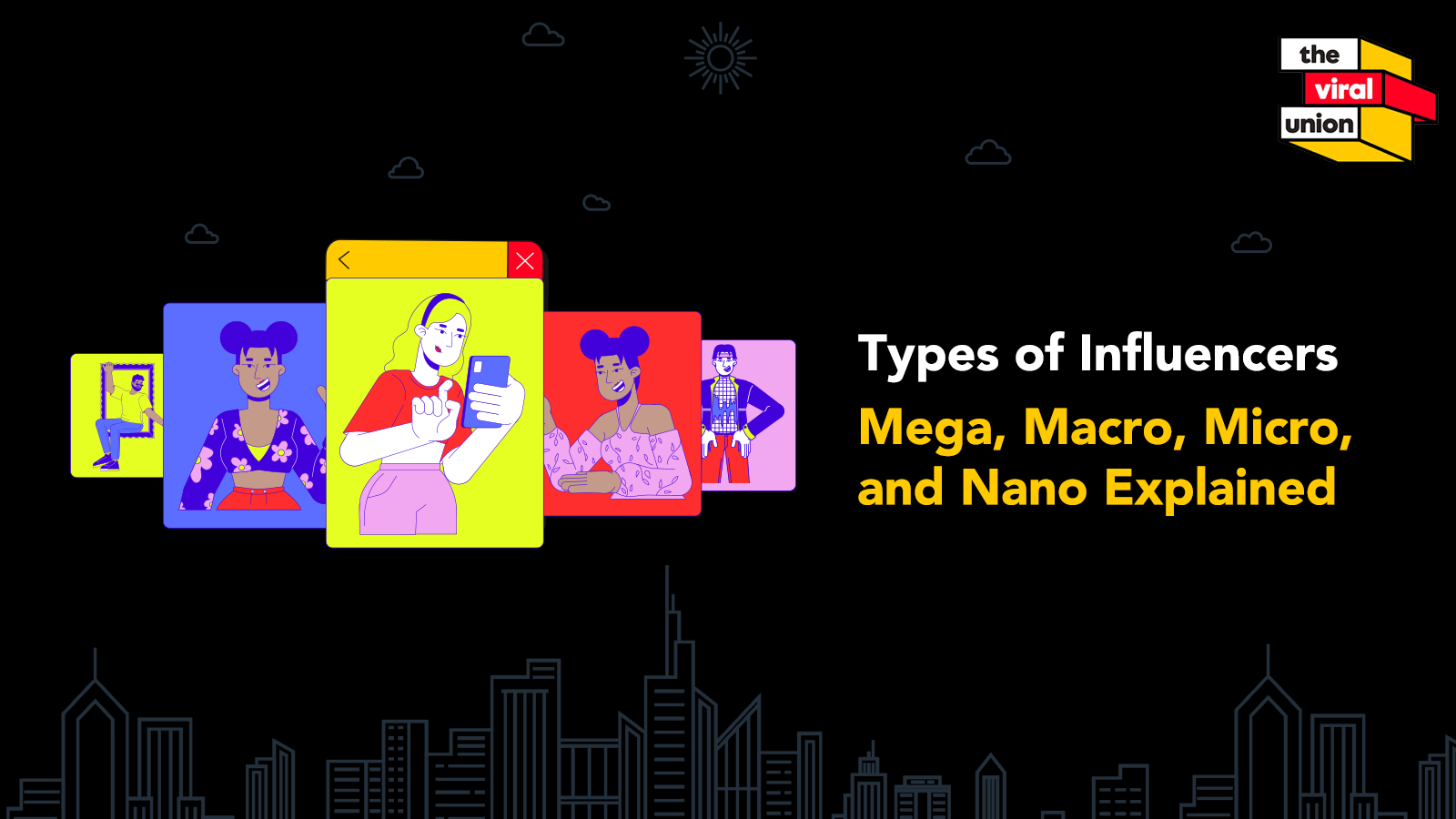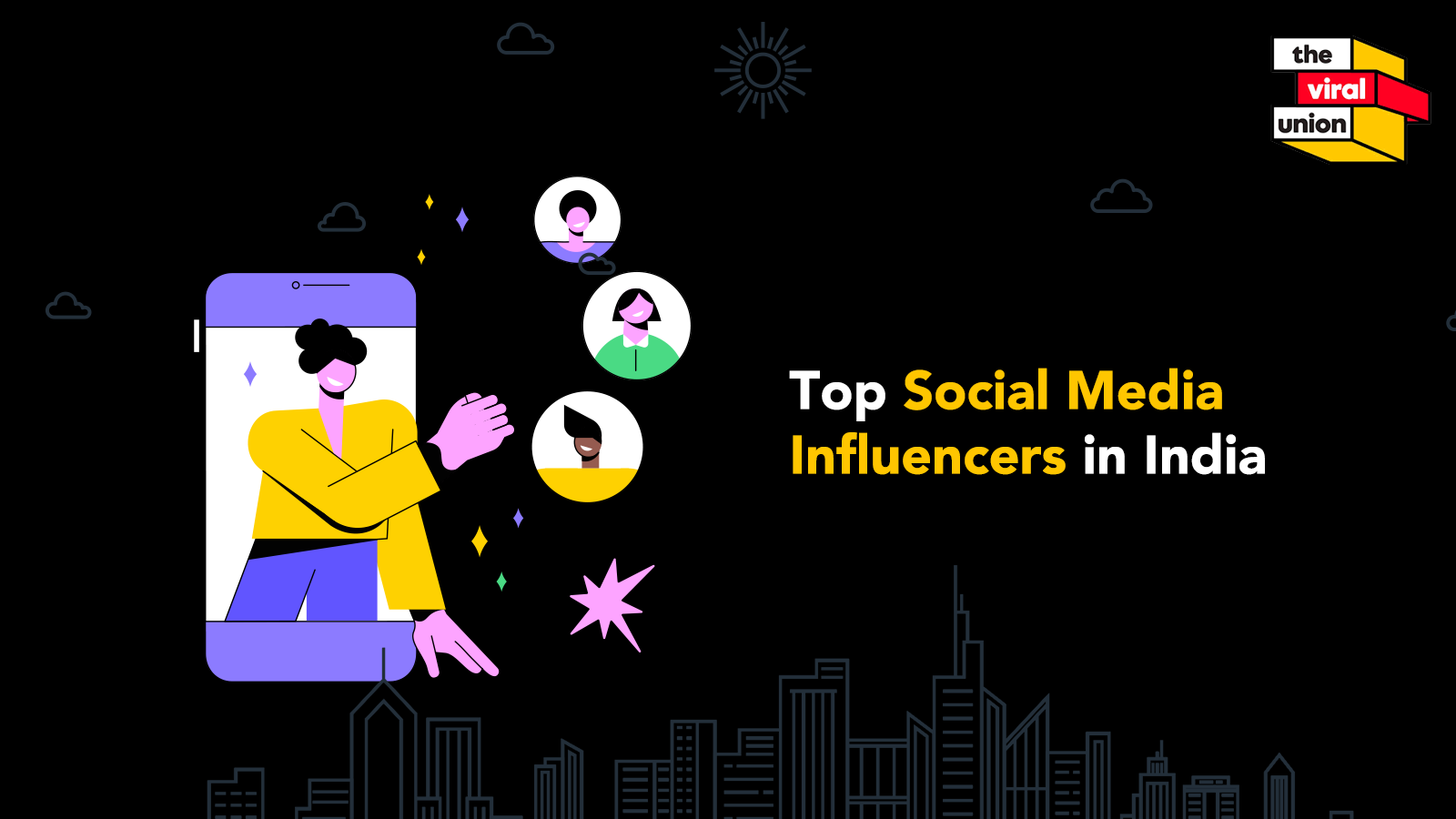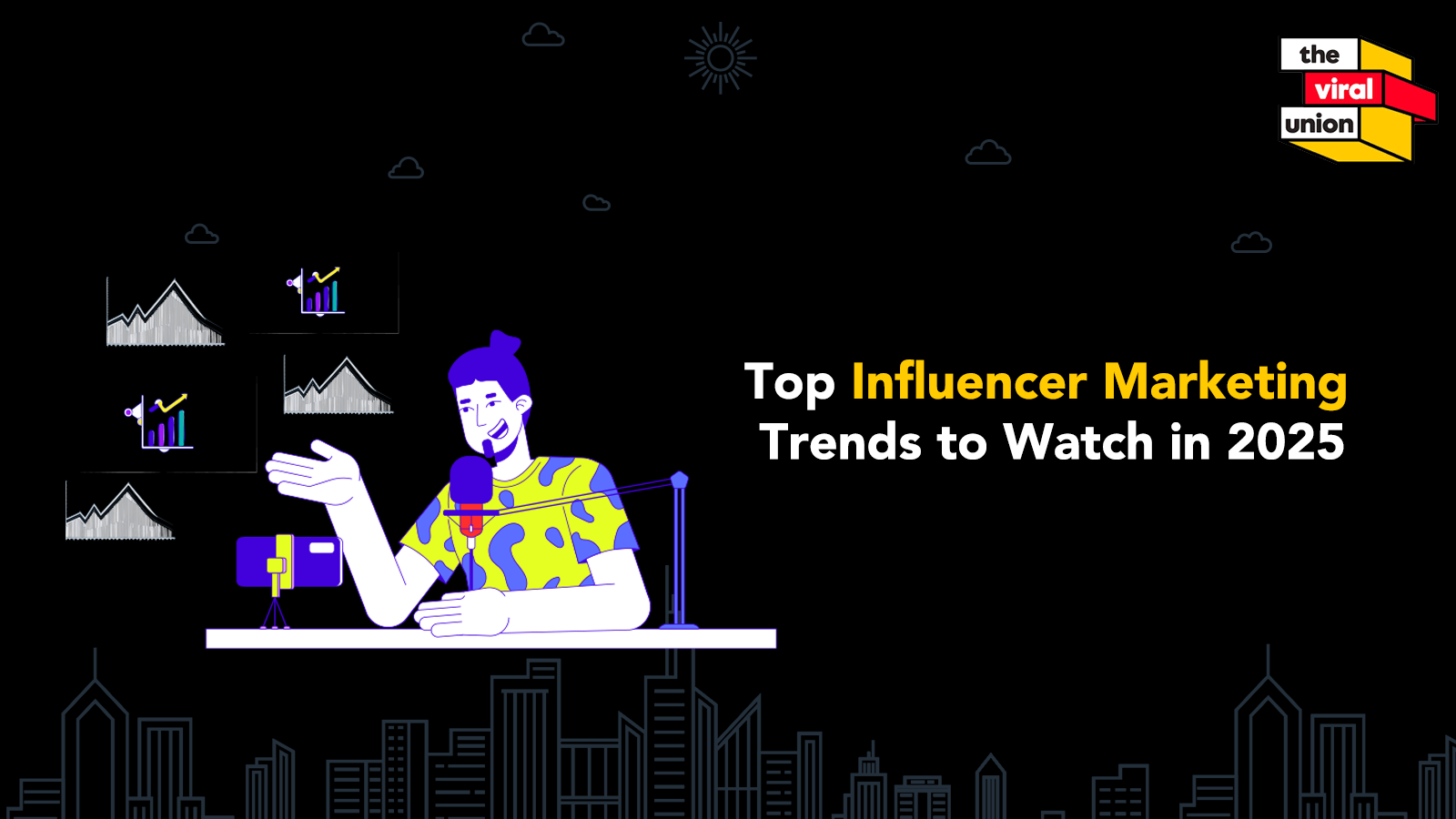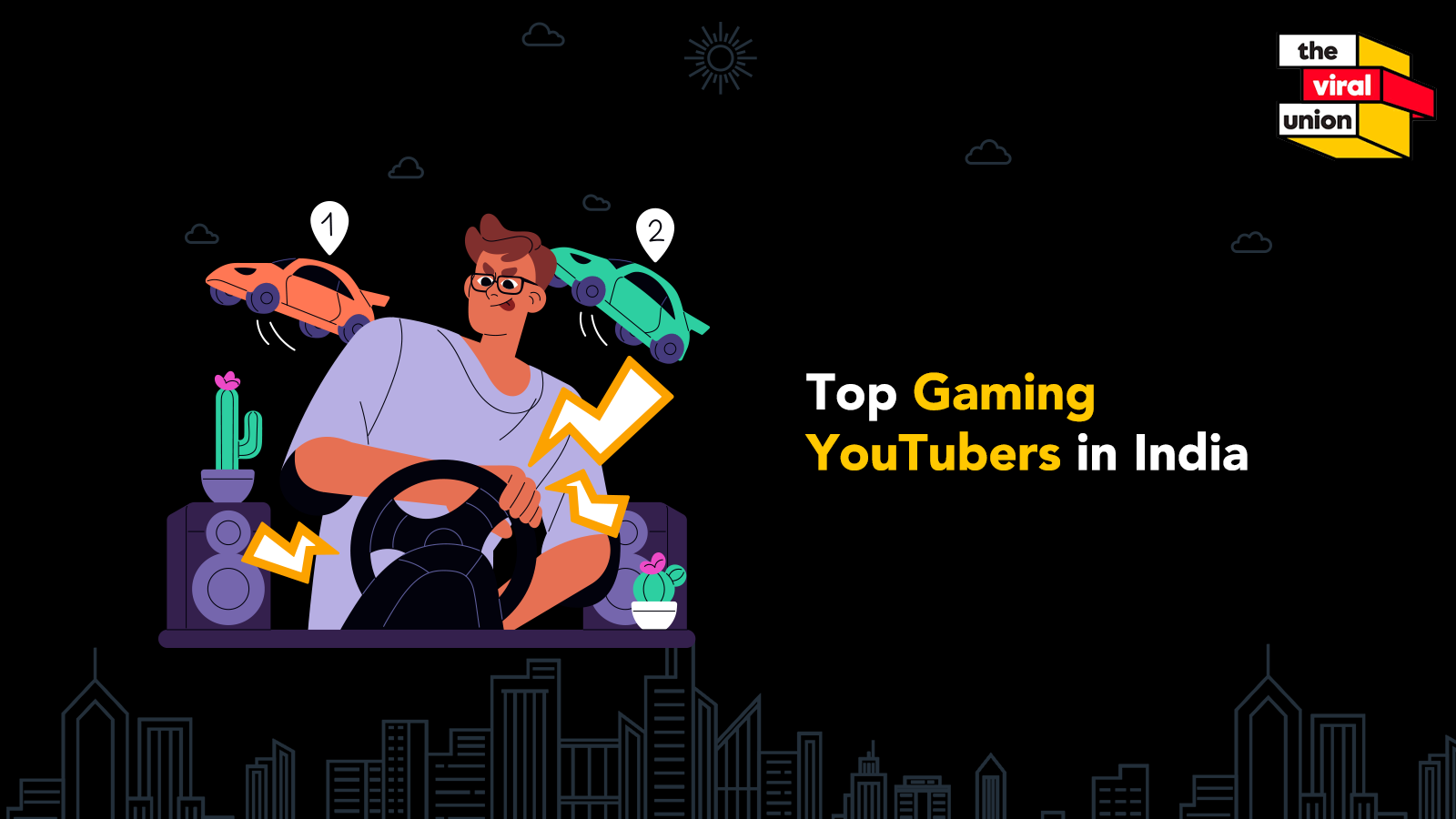Why Influencer Marketing Should Be a Part of Your Performance Mix
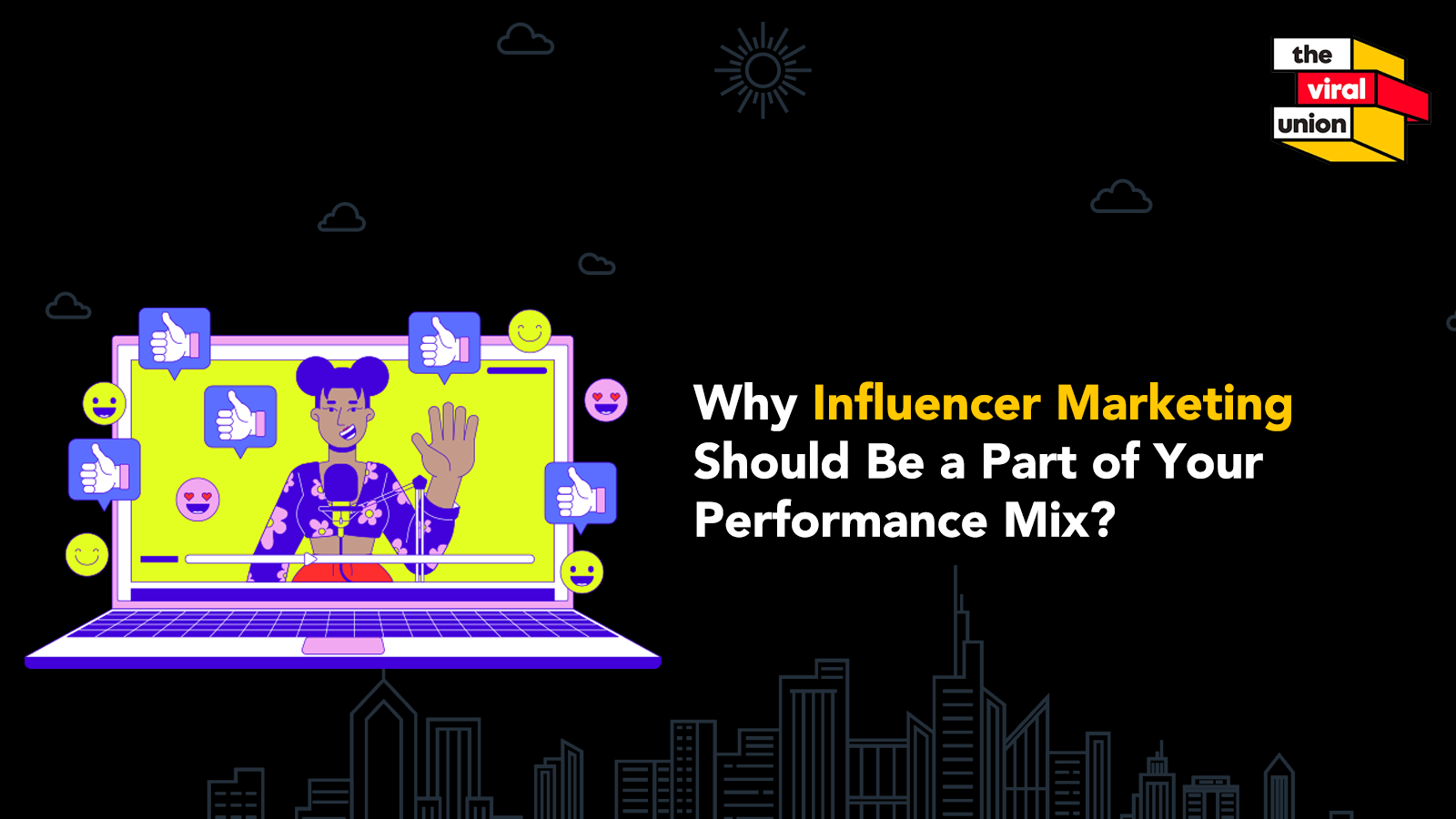
Table of Contents
Consumers since recent times are getting heavily bombarded with countless ads daily, and standing out in this crowded voice requires more than simply just traditional marketing tactics. Here, influencer marketing for brands emerges as a robust strategy that combines authenticity, engagement, and measurable results.
“People do not buy goods and services. They buy relations, stories, and magic.”
— Seth Godin
The benefits of influencer marketing go beyond likes and shares; they shape perception, drive action, and make people care.
If you’re still contemplating its place in your performance mix, given below are some compelling reasons why influencer marketing is not just beneficial but essential for effective online brand presence.
Quick Influencer Marketing Statistics to Know in 2025
Hold up! Before we dive into the influencer magic, let’s talk about numbers you can’t miss when thinking about why influencer marketing works.
- More than 50% of marketers find influencer marketing highly effective in building brand awareness.
- Brands earn an average of $5.78 for every $1 spent on influencer marketing.
- Micro-influencers (10K–100K followers) deliver 60% higher engagement than mega influencers.
- 70% of consumers are more likely to trust a brand recommended by an influencer they follow.
Also Read: How to Identify the Right Influencer for Your Brand
The Top Benefits of Influencer Marketing for Brand Growth You Can’t Ignore
Now as mentioned above, for those still asking why influencer marketing, we present you the key benefits of influencer marketing as a C-suit, manager or decision maker you must know.
1. Enriches Your Content Strategy
Influencers are content creators at heart. By collaborating with them, you get fresh, platform-native content that doesn’t feel like an ad instead a compelling storytelling with soul, be it memes, reels or long-form, they work. This expands your content pipeline in the digital space without needing to churn everything in-house. Plus, user-generated content drives 4.5% higher conversion rates.
2. Builds Brand Authority
When the right influencer vouches for you, it’s like being invited to the cool, interactive table, but in a more strategic manner, where your brand is the spotlight. Their endorsement serves for your brand as social proof, building authority in such a way that seems absolutely organic and relatable. When an influencer talks about your brand, you’re not just another ad users scroll by. He/She is saying, “Hey, I actually tried and like this.” That kind of credibility and talk in the market? Pure gold.
3. Increases Trust & Emotional Connection
Now, here is the universal fact we just can’t deny – people trust people. Especially those they follow, find relatable, and look upto for info, tips and more. Influencer marketing taps into this para-social bond. The audience already likes them, so when they drop your name, it feels less like selling and more like a solid recommendation from a friend who gets it.
4. Drives Better Customer Retention
Surprise: influencer marketing doesn’t stop at awareness. Long-term influencer partnerships can nurture post-purchase loyalty, too. When audiences see their favorite creator keep using and recommending a product, it reinforces buying decisions. That consistency? It’s like relationship therapy for your customer journey.
5. Supports Your Performance Goals
Conversions, traffic, downloads, sign-ups, yes you got it right, influencer content can drive them all. With smart tracking (UTMs, discount codes, swipe-ups), you can directly link performance to each collab. And when done, right? It outperforms traditional paid media in both ROAS and engagement.
6. Gives You a Competitive Edge
Most brands are doing influencer marketing. But the ones who are doing it strategically? They’re winning. By integrating influencer partnerships into your full-funnel plan, you’re building brand love while hitting business KPIs and that’s not just trendy, it’s transformational.
Check Out: What Is Influencer Marketing? A Beginner’s Guide for Brands
The Viral Union’s Method to Leverage Influencer Marketing for Brand Success
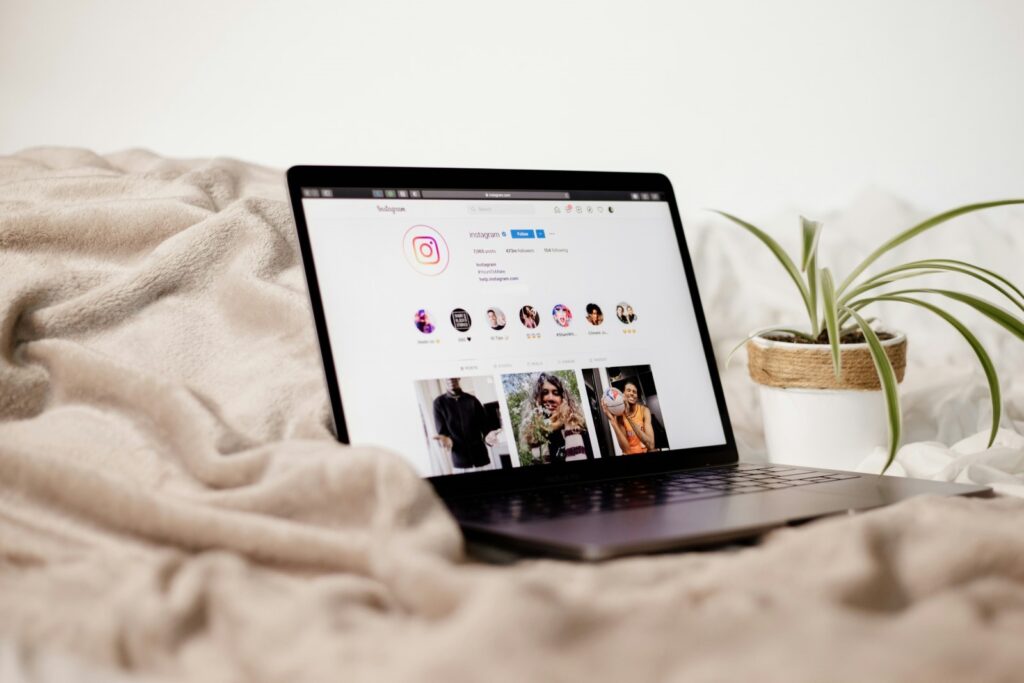
Image Source: unsplash.com
At The Viral Union (TVU), India’s leading influencer marketing agency, we match you with creators who vibe with your brand, know their niche, and can create magic that feels like real connection. We blend data, instinct, and a little bit of “booyah” energy to make sure every influencer you work with brings results, not just reach.
Ready to transform your brand’s strategy with TVU’s strategic and standout influencer marketing for brands? Connect with us today and let’s get started!
Final Thoughts
Influencer marketing in 2025 and for the coming years isn’t an optional add-on. It’s non-negotiable if you’re serious about modern brand building.
And if you’re still thinking about why influencer marketing matters, just remember:
“People influence people. Nothing influences people more than a recommendation from a trusted friend.” – Mark Zuckerberg
Before you Go: Types of Influencers: Mega, Macro, Micro, and Nano Explained
Frequently Asked Questions (FAQs)
Is influencer marketing only for B2C brands?
Not at all! B2B brands are increasingly using influencer marketing to build thought leadership and community trust in niche sectors.
How do I measure influencer marketing success?
Use custom links, promo codes, or pixel tracking to measure ROI. Track engagement, conversions, and how the audience responds.
How often should I work with influencers?
Consistency matters. Long-term partnerships often perform better than one-off campaigns. Treat influencers like brand partners, not billboards.
Can small brands afford influencer marketing?
Absolutely! Micro and nano influencers offer high ROI, great engagement, and are perfect for building grassroots brand love.
Is influencer marketing effective without a massive budget?
Yes, and that’s the beauty of it. With the right strategy, even modest budgets can create serious impact, especially when working with micro or nano influencers. It’s less about flashy spending and more about finding creators whose audience actually listens.


 Previous
Previous 
